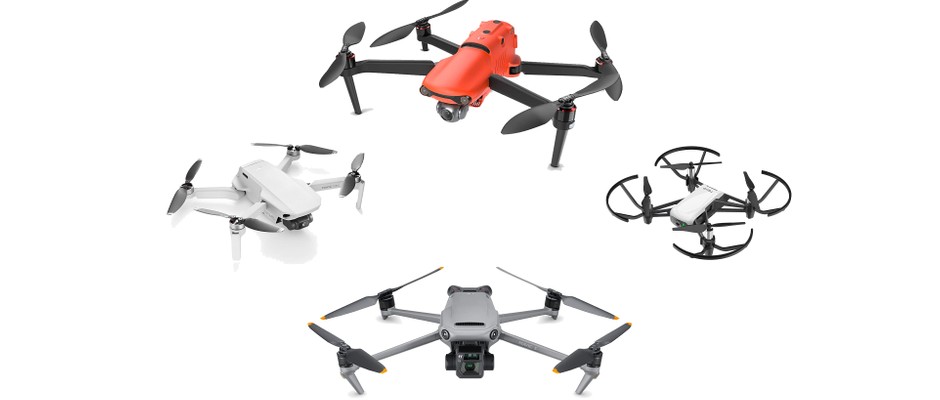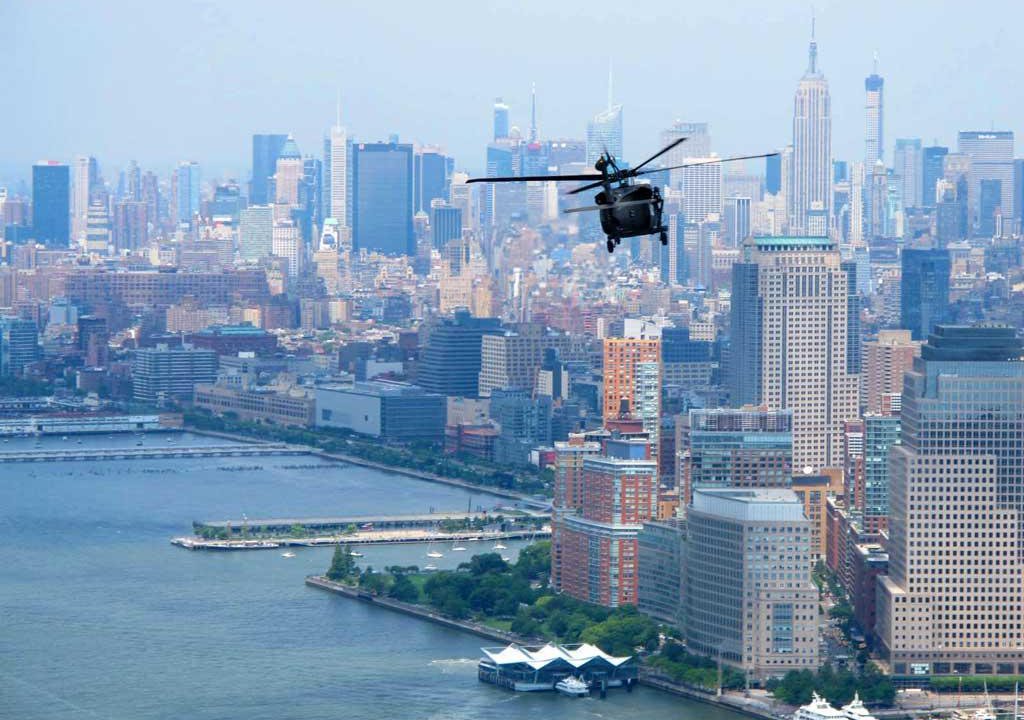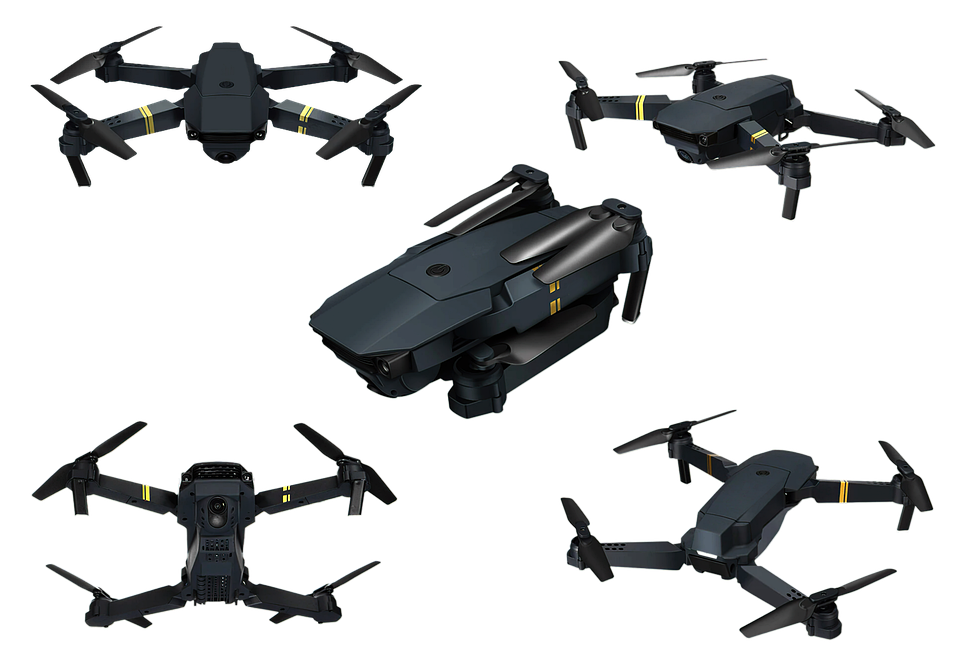
Drones that fly at night require extra precautions. It is illegal for them to fly near populated areas, so commercial drones must have anti-collision lights and anti-collision beacons. These drones can view inside the home and can track movements for a very long time. You should be able to safely use them. Here are a few tips. Learn more about night flying drones safely.
Commercial drones should have anti-collision lighting
The FAA does not require specific lighting, but such lights will make drones visible in the dark. Note that drone owners who intend to fly their commercial drones at night will need anti collision lights. These drones will have enough light for safety and navigation, even though they may not be as bright or as those of manned aircraft.
The anti-collision lighting must have sufficient power to illuminate a dark area. Its color determines how easy the drone can be spotted in its environment. Blue lights, for instance, will stand out better against white foam on waves. Red lights, on the other hand, are more visible against dark objects. The green lights will be more easily visible in grassy areas. Drones used for nighttime flight must have anti-collision lighting.
They can see inside a property.
The technology to fly drones at night has come a long way. Drones can see behind curtains and have high-resolution cameras. Thermal imaging cameras are used in drones instead of regular cameras. These cameras are able to detect heat loss and identify dangers in a house. Criminals can use this technology to find out how many people live in a house. This technology has been illegally used before, but you can now make it work for your protection.

The technology has several advantages but also has some drawbacks. Some fear that drones might be used to spy upon people and carry out illegal activities. The technology to see inside a home is still developing and may not be available in the civilian market. However, the technology can be used to take pictures and videos of inside houses. Drones capable of flying nightly can see inside homes and assist in identifying burglars.
They can keep track of a person's movements for a long time
Are drones really safe? The technology could be misused if it is used maliciously. One way to track someone's movements is through their smartphone location. Hacking drones is possible. These drones can be used to spy and collect information. They can also collect sensitive or private data. You should protect your privacy.
Drones can be used for many scientific purposes. Archaeologists used drones to locate an ancient settlement in New Mexico that dates back 1,000 years. Storm-chasers used drones to search a supercell in the area where tornadoes may form. Washington state has received federal approval to use drones to monitor wildfires. Drones have become a popular way to monitor wildlife.
They can also be used for livestock monitoring
Agricultural and livestock industries are finding ways to use drones to monitor livestock and prevent animal diseases. Drones can be mounted to a hilltop, road or equipped with a camera capable of spotting animals at all times of the day and night. The cameras can also read ear tags, which are typically hard to spot when you are on the ground. Drones can read ear tags up to 70m above the ground. You can zoom in and out to see the animal from all angles.

A drone can be a valuable tool for monitoring livestock. A drone can help farmers spot diseased animals. Early detection can prevent further infection and allow for faster treatment. BVD symptoms can include weakness and lethargy among cattle. Intestinal parasites can cause weight loss and diarrhea in sheep and goats. A drone's visual imaging can help detect these symptoms and pinpoint their exact location. Additional technology allows drones with advanced technology to transmit their data back the farmhouse for further analysis. Artificial intelligence is a great tool for livestock health monitoring.
FAQ
Can you fly a drone high without a licence?
The FAA has no limits on the maximum height a drone can fly. However, they do require you to register your unmanned aircraft system (UAS), which includes the registration number, model name, weight, size, serial number, manufacturer's name, date manufactured, and other information.
Is Drones Prohibited?
The FAA bans drones flying in restricted areas such as airports, stadiums or sporting events, nuclear power stations, hospitals, prisons, and other sensitive areas. However, they allow them to fly nightly using GPS technology.
Is it possible to buy a drone from overseas?
You can buy many types of drones online. Many people prefer to buy their drones online through Amazon, eBay or Walmart. Others opt to purchase their drones direct from manufacturers.
What is the difference of a quadcopter and an hexacopter, you ask?
Quadcopters are four-rotor helicopters that fly like traditional helicopters. It is equipped with four rotors, each of which can rotate independently. The hexacopter looks similar to a quadcopter, but it has six rotors rather than four. Hexacopters offer more maneuverability and stability than quadcopters.
Do I need any special training to fly drones?
No, you don’t have to learn any special skills in order for your drone to fly. You only need a remote controller unit and basic knowledge about flight mechanics.
What is the best drone to buy for beginners?
The DJI Phantom 2 Vision+ is a popular beginner drone. The DJI Phantom 2 Vision+ comes with a 4K camera that allows you to capture high-quality aerial shots and videos. This drone can be navigated using the built-in GPS.
What laws govern flying drones in the United States?
The Federal Aviation Administration (FAA), which regulates all aspects drone operations in the United States of America, is responsible for them. You must first obtain a FAA certification before you can operate a drone commercially. Then, you must complete a course in piloting skills and pass an exam. Finally, you must pay a fee to the agency.
Statistics
- According to industry research from ZipRecruiter , there are 10 cities where the typical salary for a Drone Pilot job is above the national average. (dronesgator.com)
- With the top 10% making over $100/h and the bottom 10% making as low as $10/h. (dronesgator.com)
- Research and Markets predict a growth rate of 51.1% over the next five years. (thedroneu.com)
External Links
How To
How to Fly Drones at a Beginning Level
A drone refers to a remote-controlled aircraft designed for aerial photography, surveillance and scientific research. Drone technology has existed since World War II. DJI's Phantom series quadcopters were first commercially available in 2010. From beginner-friendly drones such as Parrot AR Drone 2.0 through professional-grade multirotor craft like DJI Mavic Pro, many types have been available.
There are many methods to fly a Drone, including
-
Remote control – This technique uses a control device attached directly to your hands that allows you steer the drone around its flight path. There are two types of controllers available: joysticks and on/off switches.
-
Manual Control - This method uses a smartphone app to remotely control the drone using GPS coordinates. The app will provide instructions and help you to locate the drone.
-
Autonomous Flight: This means that the drone will take care of all the piloting. The drone is able to fly autonomously, without the need for human intervention. It must have a builtin camera, sensors capable of taking images and data to enable autonomous flight.
-
Triggered Flight - This method is similar to manual control, except the pilot manually sets up a preprogrammed route, and the drone follows that route until it reaches the endpoint. Once the programmed route has been completed, the drone returns to the base automatically.
-
Landing Gear- Some drones include landing gear that allows for safe landing if the power goes out or they run out of batteries.
-
Goggles – Pilots often wear goggles while flying to keep themselves safe from any debris.
-
Camera – Some drones have cameras, which allow you to take photos or videos from up high.
-
Obstacles - Some drones can be equipped with obstacle avoidance systems that prevent them from crashing into obstacles.
-
Speed - Drones can reach speeds up to 40 mph.
-
Battery Life - Most drones can last between 20 minutes to 3 hours, depending on how much power you're using.
-
Range - Depending on the model, some drones can travel up to 30 miles away.
-
Power source - Some drones require an external power source; others work off internal batteries.
-
Weight - Some drones weigh less than 1 pound, whereas other models weigh up to 4 pounds.
-
Size - Drones can range in size from tiny devices that can fit in your palm to heavy crafts that weigh 50 pounds.
-
Price - High-end drones can go for thousands of dollars, while low-cost models start at $100.